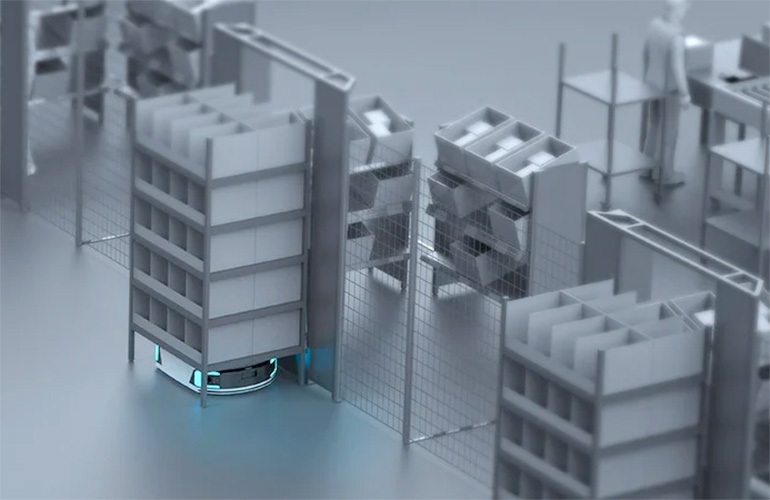In the ever-evolving world of technology, sometimes the most innovative creations come from the most unexpected combinations. Enter the Pixelbot 3000, a marvel of engineering that bridges the gap between artificial intelligence and one of the world's most beloved toys: Lego.
The Brains Behind the Bricks
Dutch YouTuber Sten, the creative force behind the channel Creative Mindstorms, has taken the concept of pixel art to a whole new level. His latest creation, the Pixelbot 3000, is a Lego-built robot that 'prints' pixel art using input from an AI image generator. It's a perfect blend of childhood nostalgia and cutting-edge technology that's captivating viewers around the globe.
From Bricasso to Pixelbot: The Evolution of Lego Printing
The Pixelbot 3000 isn't the first of its kind, but it's certainly the most advanced. Its predecessor, the Bricasso printer, developed by JK Brickworks about nine years ago, laid the groundwork for this type of Lego-based printing. However, where the Bricasso relied on pre-pixelated scanned images, the Pixelbot 3000 takes things a step further by incorporating AI-generated imagery.
A Journey of Trial and Error
Sten's journey to create the Pixelbot 3000 was far from straightforward. His video, uploaded on June 8, chronicles the ups and downs of the development process. From reconsidering the size of the base plates to overhauling the entire movement mechanism, Sten's perseverance in the face of challenges is a testament to the maker spirit.
The Magic of AI and Lego
At the heart of the Pixelbot 3000 is a fascinating interplay between AI and physical construction. The machine uses Open AI's DALL-E 3 to generate cartoon-like images, which are then translated into Lego mosaics. Sten's custom Python code divides the high-resolution source image into a 32x32 grid, selecting the most appropriate colors from Lego's palette of 70 hues.
Precision and Problem-Solving
Building a machine that can accurately place tiny Lego bricks is no small feat. Sten incorporated touch sensors to ensure ultra-precise placement. He also added a clever "quality of life feature" that stops the machine when it runs out of any particular color, saving time and frustration.
Dave: The AI Lego Head with a Creative Streak
In a delightful twist, Sten left the choice of the inaugural image for the Pixelbot 3000 to another of his creations: Dave, the world's first AI-powered Lego robotic head. Dave's suggestion? A "quirky robot holding a sunflower" - a fitting choice that beautifully showcases the capabilities of this unique machine.
The Future of Creative Technology
The Pixelbot 3000 represents more than just a cool YouTube project. It's a glimpse into a future where AI and physical creation intersect in increasingly creative ways. By making the code available on GitHub, Sten has opened the door for others to build upon his work, potentially sparking a new wave of AI-driven Lego creations.
As we watch the Pixelbot 3000 meticulously place each tiny brick, we're reminded of the endless possibilities that arise when we combine the playful spirit of childhood toys with the power of modern technology. It's not just about creating pixel art; it's about reimagining the boundaries of creativity itself.
In a world where digital and physical realms are increasingly blurred, the Pixelbot 3000 stands as a colorful, blocky beacon of innovation. It challenges us to think outside the box - or perhaps, in this case, inside the brick - about the future of art, technology, and play. Who knows what other wonders might emerge from the intersection of AI and Lego? One thing's for certain: the future looks bright, blocky, and full of endless possibilities.


















